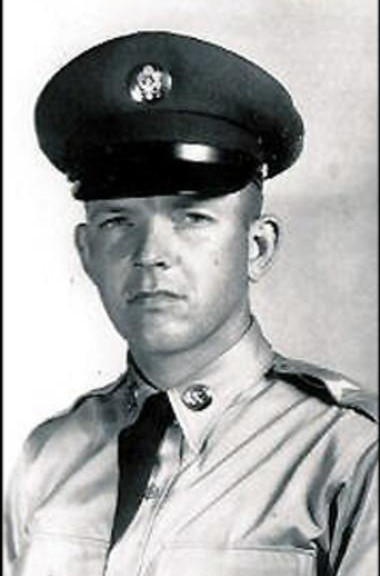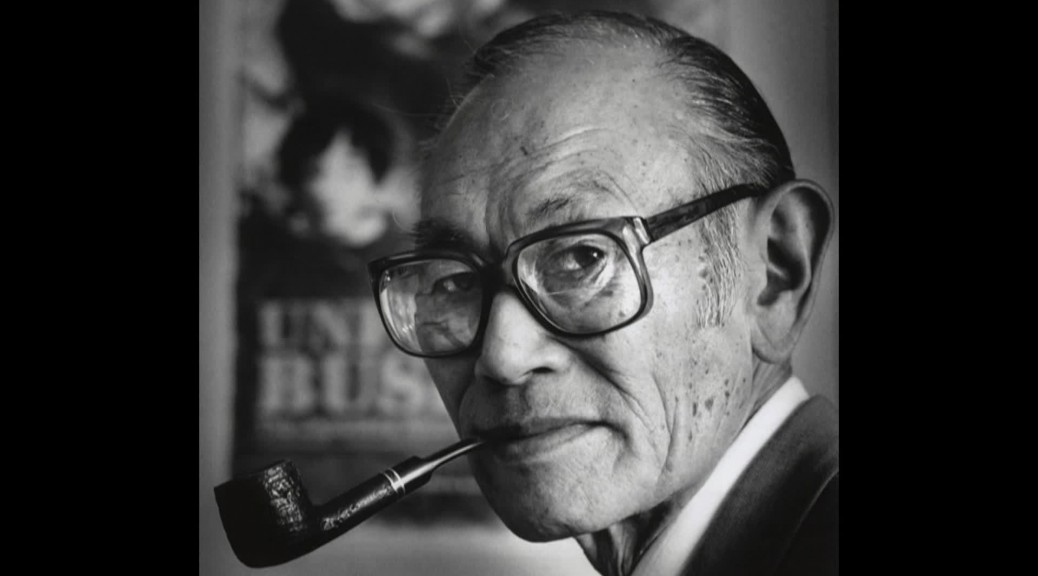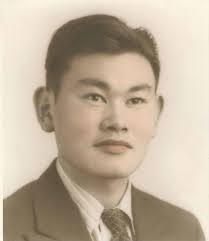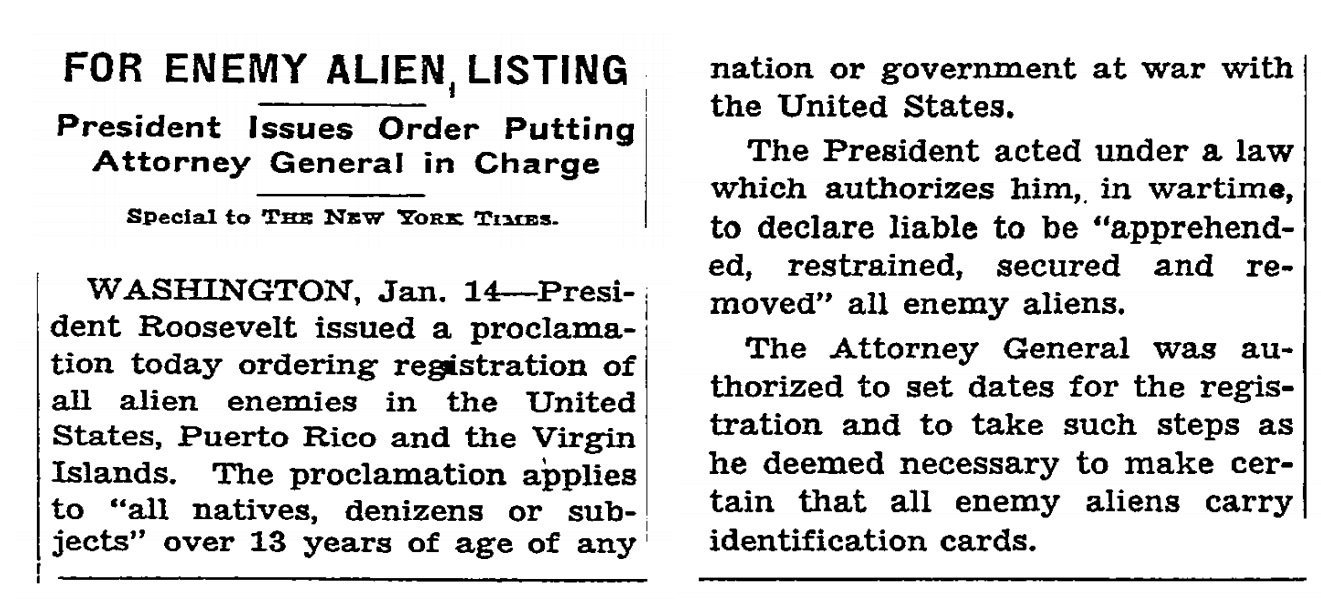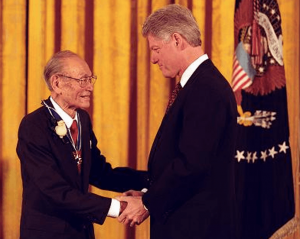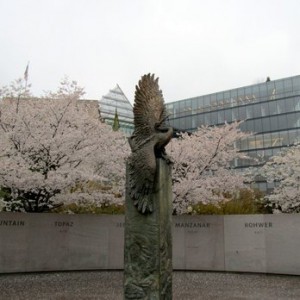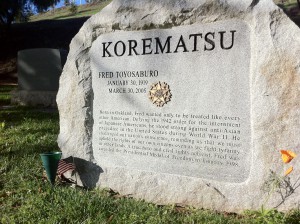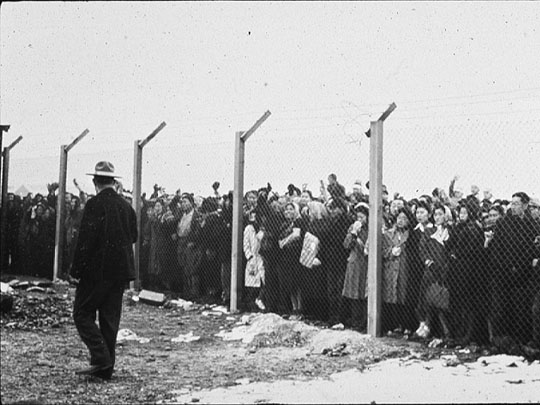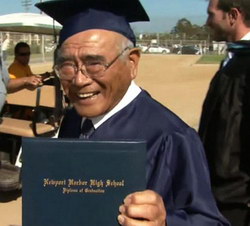Hero James Tom Davis
James T Davis, Tom to his friends, was one of the first American to die in action in Vietnam. He was killed on December 22, 1961. He was 25 years old.
President Lyndon Johnson, in a speech made years later, referred to Specialist 4 James T. Davis as “…the first American…” to die in Vietnam and now several web sites refer to Davis this way. Even this blog had listed Davis that way. I have corrected that misstatement.
As the Virtual Wall site points out, “The first hostile action losses were two members of an Army advisory team, Major Dale R Buis of Pender, Nevada and Master Sergeant Chester M Ovnany, of Copperas Cove, Texas, who were killed (along with two ARVN security guards) in a VC raid on the team’s Bien Hoa headquarters on 8 July 1959.
None of which, of course, detracts in any way from SP4 Davis’s service to our country.
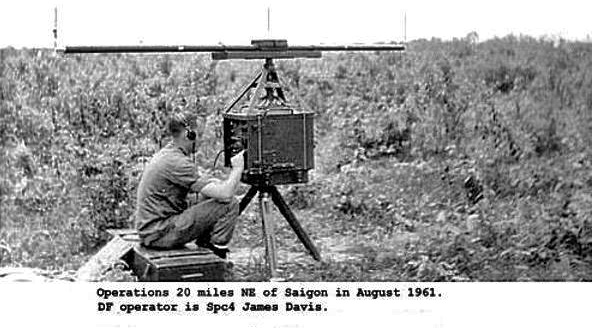
In 1961, the word Vietnam in 1961 meant nothing to most Americans. Only government officials involved in the deployment of American forces, the families of those forces, and the very few media reporters assigned to the story could find it on a map.
Hero James Tom Davis
Cryptologist
Davis was in the 3rd Radio Research Unit. It used electronics to pinpoint the enemy’s location. The Vietnamese terrain made that job difficult and cryptologists had to get in close.
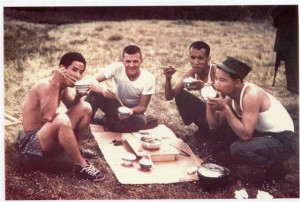
Traveling in country, a landmine struck the truck Davis was in. Davis and the other Vietnamese soldiers with him fought the following attack, but all died. (for a fuller explanation of Davis’s job See The Story of a Cryptologic Hero for a fuller explanation of Davis’s job and his death)
Hero James Tom Davis
Davis Station
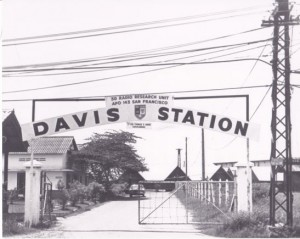
In 2009, Billy Petross, a friend of Tom wrote: I first met James Davis when we were in school at Tennessee Tech. During the short time that I had the honor of knowing James we became very close friends. James was an avid fisherman and we spent many hours together on the Dale Hollow lake near his home in Livingston. He was a quite and unassuming person. I met James’ mother at their home in Livingston. She was a wonderful person. I recall that once she fixed a steak dinner for us after one of our fishing trips. I was aware that James dropped out of college and joined the army because I recall trying to persuade him to stay in college. The last time I saw James was once after he joined the army he came back to the Tech campus while on leave. I never saw him after that. The next time I heard anything about James was an article in the Orange County Register in California about a James Davis from Livingston, TN who was the first soldier killed in action in Vietnam. He was a good friend. Billy Pettross June 3, 2009
Hero James Tom Davis
The Wall
Other comments about James T Davis from The Wall site)
Cryptologic Hero James T Davis
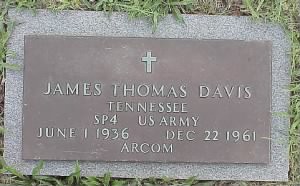
James T Davis’s name appears on Panel 1E, Row 4 of the Vietnam Veterans Memorial.

